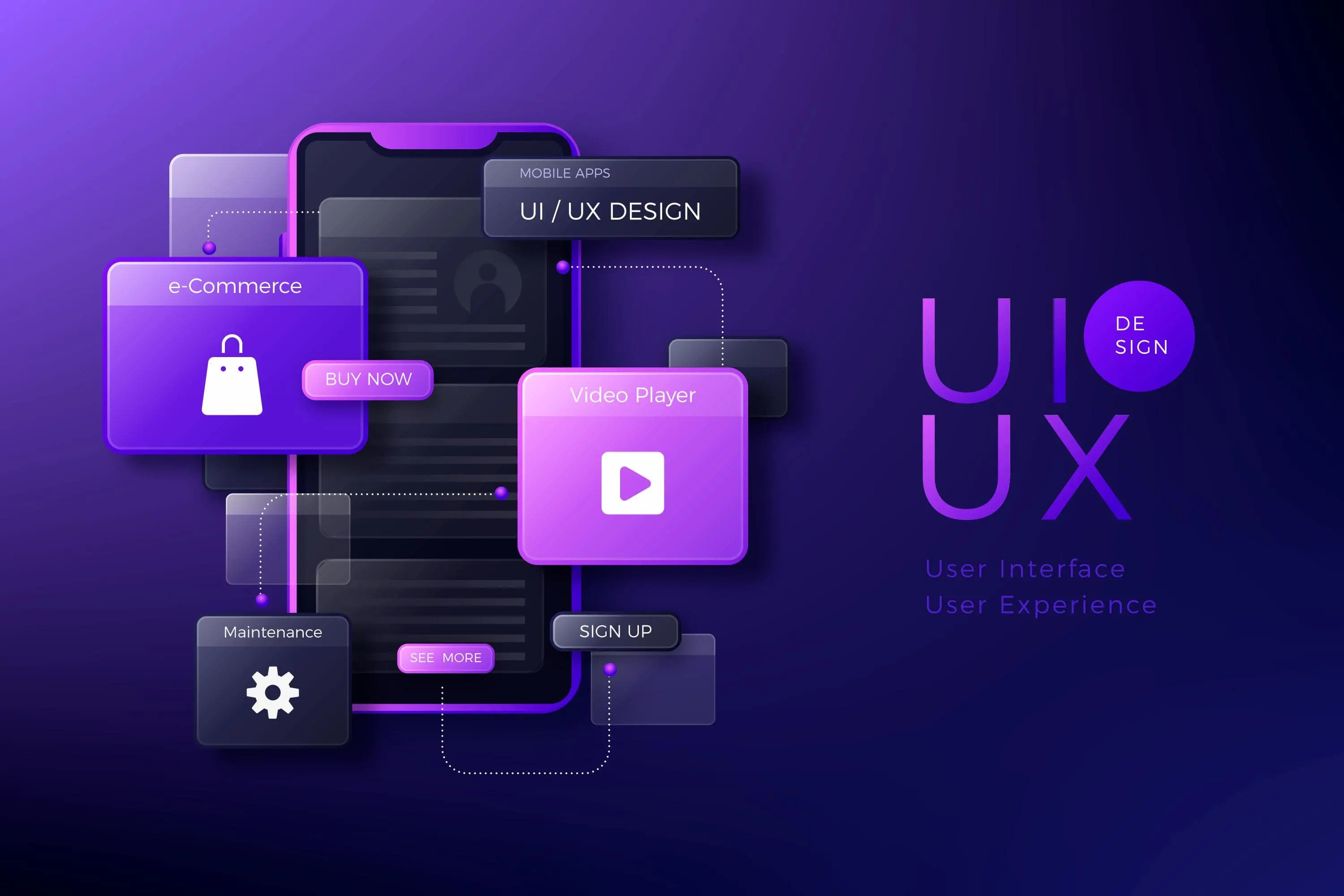Unlock the Secrets of UI/UX Design That Keeps Users Coming Back

Every successful website hinges on excellent UI (User Interface) and UX (User Experience) design. While UI focuses on the presentation and how your site interacts visually, UX delves deeper into the user’s journey to ensure your site is as intuitive as it is engaging. Together, they create an environment where users not only visit but also stay and interact.
Table of Contents
- Key Strategies to Transform Your UI/UX Design
- Captivate Instantly with Stunning Visuals
- Consistently Showcase Your Brand Identity
- Simplify User Navigation for Enhanced Usability
- Communicate Clearly: Less is More
- Optimize for Minimal Cognitive Load
- Achieve Seamless Consistency Across Your Site
- Empower Users with Intuitive Controls
- Provide Positive Feedback and Support
- Develop Engaging Content that Resonates
- Enhancing Your Website with Expert UI/UX Design Services
Key Strategies to Transform Your UI/UX Design
Captivate Instantly with Stunning Visuals
The visual aspect of your website is often the first point of engagement for users. Ensure your design is clean and appealing, using a cohesive color scheme and high-quality images that reflect your brand’s ethos. Visual coherence keeps users interested and reduces bounce rates.
Consistently Showcase Your Brand Identity
Your website acts as a digital ambassador for your brand. Every element, from typography to layout, should reflect your brand identity consistently. This helps to build trust and establish a strong brand presence online, making your site instantly recognizable to returning visitors.
Simplify User Navigation for Enhanced Usability
Complex navigation can turn users away. Streamline your site’s navigation to make it foolproof, ensuring that visitors can easily find what they’re looking for. A well-thought-out navigation structure enhances the usability of your site, which can lead to improved satisfaction and increased engagement.
Communicate Clearly: Less is More
Clear communication is essential in keeping your audience engaged. Avoid jargon and ensure that your text is concise and to the point. Well-crafted messages help users understand your offerings better, encouraging them to engage more deeply with your content.
Optimize for Minimal Cognitive Load
Keep your user interface simple and uncluttered to avoid overwhelming your visitors. A minimalistic approach helps users focus on what’s important without unnecessary distractions. This can significantly enhance the user experience and keep your visitors coming back.
Achieve Seamless Consistency Across Your Site
Consistency in design and functionality reassures users and aids in navigation. Use uniform fonts, colors, and styles across all pages to create a seamless experience that instills confidence and eases user interaction.
Empower Users with Intuitive Controls
Give your users a sense of control with easy-to-use interfaces and intuitive controls. User empowerment leads to a more satisfying interaction as they feel more engaged and in command of their actions on your website.
Provide Positive Feedback and Support
Offer clear, encouraging feedback for user actions to enhance confidence and satisfaction. Whether it’s completing a form or correcting an error, effective feedback is crucial in helping users feel supported and guided through their interactions with your site.
Develop Engaging Content that Resonates
Compelling content is key to keeping users interested. Write in a tone that resonates with your audience and provides them with valuable information. Engaging content not only informs but also encourages users to interact with your site on a deeper level.
Enhancing Your Website with Expert UI/UX Design Services

Great UI/UX design doesn’t have to be a mystery. If you’re looking to elevate your website’s impact, our expert design team is here to help. From enhancing your current design to building a new one from scratch, we provide tailored solutions that drive engagement and sales.
Transform Your Website Today: Contact Us for Expert UI/UX Design Insights
Ready to create a site that no user can resist? Our professional UI/UX services are designed to make your digital presence powerful and engaging. Contact us today to find out how we can help you build a website that truly stands out.
